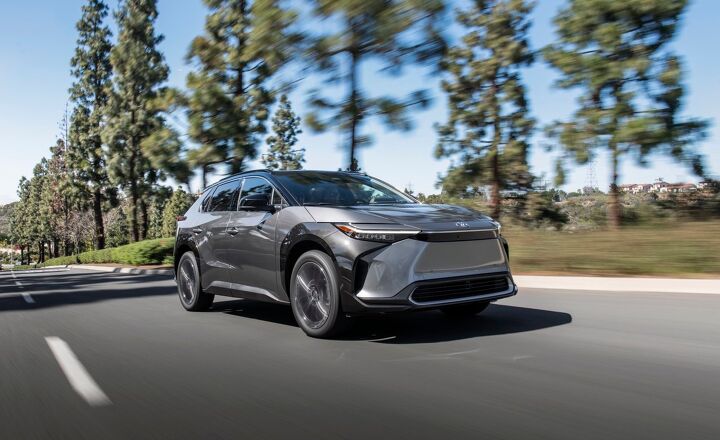Easily Retrofit Your EV With A Hybrid Combustion Engine

Remember when EVs were the only way to keep the weather from changing?
Horse, the joint venture between Renault and Geely, has introduced a new hybrid powertrain designed to be retrofitted into existing electric vehicle platforms.
Key Points
- Horse Powertrain has developed a drop-in hybrid system designed to retrofit into EV platforms, integrating a gas engine, electric motor, and transmission into a single compact unit.
- The system can burn multiple fuels and supports both range-extender and parallel hybrid configurations, allowing hybrid and EV models to share the same production line.
- Aimed at helping automakers reduce costs and adapt to changing market demands, the hybrid unit is expected to enter series production by 2028.
The all-in-one system integrates an internal combustion engine, electric motor, gearbox, and control electronics into a compact assembly that fits into the same space as a typical EV drive motor.
The system was designed to sell to other automakers seeking flexibility amid shifting global powertrain strategies. By slotting directly into a car’s subframe, the unit offers manufacturers a way to convert EVs to hybrid models without major structural re-engineering or new production tooling.
Its application is targeted toward replacing front motors in electric vehicles—the same electric vehicles designed to replace affordable, compact combustion cars—the hybrid powertrain can also be used in traditional ICE platforms if you really want.
Horse’s new unit supports multiple fuel types, including gasoline, E85 ethanol blends, pure methanol, and synthetic fuels. It can function as a standard parallel hybrid, directly driving the wheels, or as a range-extender, generating electricity to power a vehicle’s electric drive system—a less intrusive choice given the structural integration of battery packs in modern EV platforms.
The new powertrain comes as the majority of global automakers are walking back their EV strategies amid slower-than-expected consumer demand for fully electric models and subsequent profit losses. Fiat, for example, is developing a version of its 500e retrofitted with a hybrid powertrain to hopefully recoup some of the lost sales from the outgoing gas-powered 500.
Horse Powertrain CEO Matias Giannini noted that the automotive industry is transitioning toward a more technology-neutral approach. “For over a decade, it looked like battery-electric vehicles were the only path to net-zero and OEMs planned accordingly,” Giannini said.
“However, we’re now shifting towards a technology-neutral world, with different markets and applications each pursuing their own sustainable mobility journey.
"Our Future Hybrid Concept helps OEMs solve this problem. Through our innovation, we can deliver a full hybrid powertrain system that seamlessly integrates onto a Battery Electric Vehicle platform. This compact, integrated powertrain concept allows OEMs to offer powertrain diversity with minimal disruption to production process and resource expenditure.”
Become an AutoGuide insider. Get the latest from the automotive world first by subscribing to our newsletter here.

An experienced automotive storyteller and accomplished photographer known for engaging and insightful content. Michael also brings a wealth of technical knowledge—he was part of the Ford GT program at Multimatic, oversaw a fleet of Audi TCR race cars, ziptied Lamborghini Super Trofeo cars back together, been over the wall during the Rolex 24, and worked in the intense world of IndyCar.
More by Michael Accardi



































Comments
Join the conversation
Wild, who else knew BEV's were a big mistake?
"automakers are walking back their EV strategies amid slower-than-expected consumer demand for fully electric models and subsequent profit losses." Loss of revenue stripping profits is the most efficient engine for changing the auto industry. As said, "Go woke, go broke."